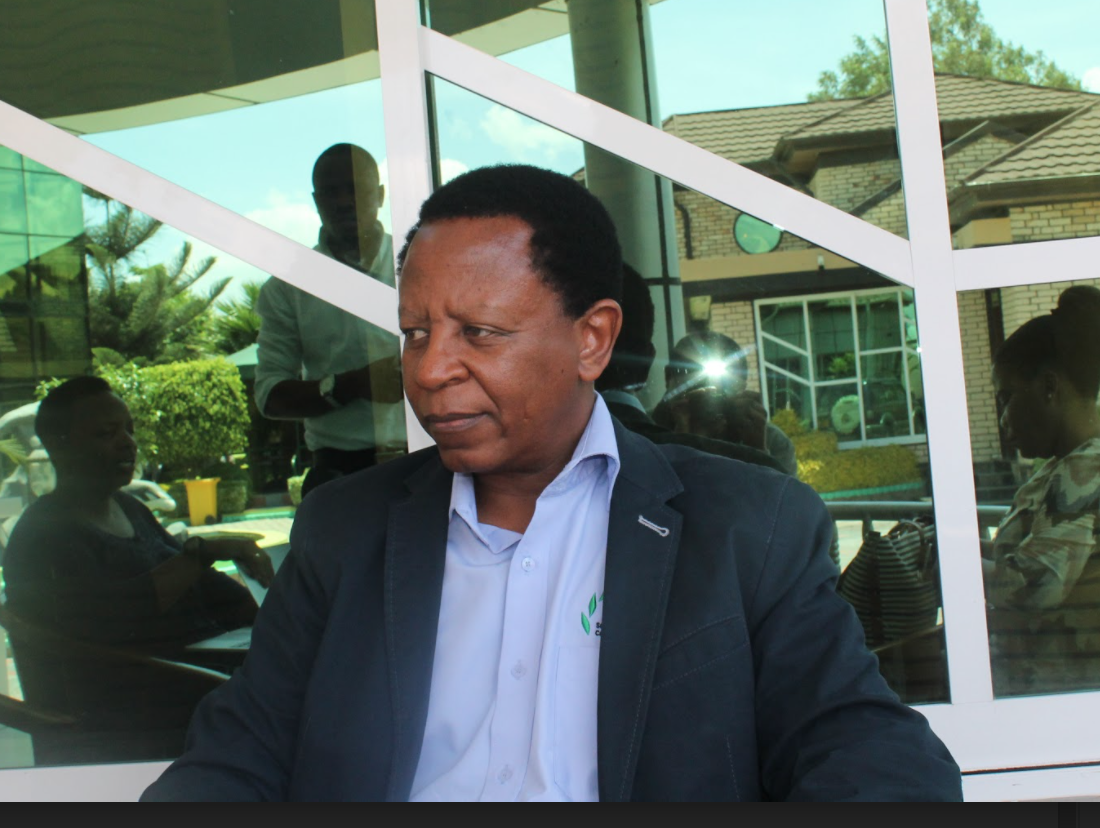Empowering Tanzania’s Agriculture: The Vitality of the ASDP II
The Tanzanian government, echoing the sentiments of its citizens, has always recognized the agricultural sector’s immense potential. It’s a beacon of hope, a source of sustenance, and a driver of the nation’s economic engine. On August 15, 2023, in the bustling city of Dar es Salaam, the government once again reinforced its commitment to the sector, emphasizing the central role that agriculture plays in shaping the nation’s future.
Dr. Jim Yonazi, the PS in the Prime Minister’s Office overseeing policy, parliamentary matters, and government activities coordination, spoke passionately about the government’s continuous focus on agriculture. This emphasis isn’t just words on paper. It’s a dedicated strategy, embodied by the Agricultural Sector Development Programme Phase Two (ASDP II). This ten-year-long program, which was launched in June 2017, is designed to bring a comprehensive transformation to the Tanzanian agricultural sector by the end of its tenure in 2027/28.
The reason for such a profound focus on the agricultural sector becomes clear when one considers its multifaceted contributions. Dr. Yonazi pointed out that agriculture is not merely a source of sustenance; it contributes significantly to the national GDP and is responsible for three-quarters of the nation’s exports. Moreover, it’s the primary source of livelihood for over 75% of Tanzanians. Given the weight of these figures, one can quickly understand why the development of this sector is viewed as pivotal for the nation’s progress.
The ASDP II’s goals are ambitious but grounded. They encompass a broad spectrum, from diversifying into areas like crop farming, animal husbandry, fisheries, and even beekeeping to the overarching aim of enhancing productivity across the board. The idea is to transform the historically subsistence-based farming approach into a more commercial enterprise. By doing so, the program intends to not only elevate the living standards of small and medium farmers but also to fortify national food security and enable the sector to contribute even more robustly to the nation’s GDP.
Five years into the program, and the nation has not just seen plans on paper but tangible, on-ground progress. Dr. Yonazi enthusiastically enumerated several significant achievements that have been the result of concerted efforts and dedicated strategy implementation. Sustainable Land and Water Management initiatives have gained traction, with the number of villages practicing optimal land use rising to 2,860, inching ever closer to the ambitious target of 3,800. Moreover, the cultivated irrigation land has grown expansively, now spanning a whopping 783,749 hectares, surpassing the initial target of 763,120 hectares.
When it comes to productivity, gains have been substantial and evident in vital commodities such as sugar, meat, and milk. Impressively, Tanzania has achieved an average food self-sufficiency rate of 121%. This accomplishment signifies not only the ability to sustain but also to thrive, as the nation continues its upward trajectory in agricultural productivity.
Another area where the positive impact of the ASDP II is palpable is in value addition. The difference between farm-gate and market prices for crucial crops like maize, rice, and millet has seen a significant reduction, signifying not just a reduction in post-harvest losses but also an improved and more efficient market structure that benefits both producers and consumers.
But it’s not just about numerical targets. Empowering Sectoral Enablers has been a focus too. Comprehensive revisions of various policies and laws have been undertaken, ensuring that the regulatory environment is conducive to growth and innovation. New private sector investments have been initiated, diversifying the sector and bringing in fresh perspectives and techniques. Additionally, numerous small farmer groups have been empowered, given the tools and knowledge to improve their yield and market their produce effectively.
However, no journey is without its challenges. Despite these noteworthy accomplishments, there remain obstacles in the path of the ASDP II’s complete success. From limited funds that sometimes don’t align with the program’s budget to external, unforeseen challenges such as the COVID-19 pandemic that disrupted market access and input imports, the road ahead is filled with hurdles.
Yet, as the ASDP II transitions into its second half, there is both introspection and optimism. Challenges faced are seen as feedback, essential pointers that will help refine strategies and focus areas. The overarching goal remains steadfast: ensuring that the agricultural sector’s full potential is realized for the collective benefit of every Tanzanian.
Dr. Yonazi’s plea to stakeholders, both governmental and private, was unequivocal: collaboration is the key. Accurate data, shared visions, and mutual objectives will dictate the next course of action. With entities like the Alliance for Green Revolution in Africa (AGRA) and the Food and Agriculture Organization (FAO) backing the initiative, the prospects seem brighter than ever.
Dr. Yonazi spoke with a sense of hope, emphasizing the need for ever-strengthening collaboration in the upcoming five years of the ASDP II. His optimism was infectious, resonating with everyone present, reminding them of their shared vision:
a flourishing, prosperous, and self-reliant Tanzania, fueled by its thriving agricultural sector.
He spoke of the power of collective effort, stating that every stakeholder, from the small-scale farmer to the largest agricultural conglomerates, has a vital role to play. By pooling resources, knowledge, and expertise, the nation can overcome challenges and ensure that the agriculture sector remains at the forefront of Tanzania’s developmental goals.
Dr. Yonazi’s words weren’t just a reflection of the past achievements but also a clarion call for the future. He underscored the need for innovation and adaptability, especially in a world that’s rapidly changing due to technological advancements and unpredictable global challenges. While traditional methods have their place, embracing modern agricultural techniques, data-driven decision-making, and sustainable farming practices will be critical in achieving the ambitious goals of the ASDP II.
He also emphasized the importance of education and skill development in the sector. The next generation of Tanzanian farmers should be equipped not just with tools but also with knowledge. By investing in agricultural education, research, and training, Tanzania can ensure that its farming community is prepared to face the challenges of the future and seize the opportunities that come their way.
One of the significant points Dr. Yonazi touched upon was the role of women in agriculture. Historically, while women have been the backbone of Tanzanian farming, they often lack access to resources, training, and decision-making platforms. Ensuring gender equality in the sector, providing women with the same opportunities as men, will be pivotal in realizing the full potential of Tanzanian agriculture.
Towards the end of his address, Dr. Yonazi expressed his gratitude to international partners like AGRA and FAO, acknowledging their invaluable contribution to Tanzania’s agricultural journey. He also thanked local institutions, farmers’ cooperatives, and every individual involved in the sector for their dedication and hard work.
In concluding, Dr. Jim Yonazi reiterated his vision of a Tanzania where agriculture is not just a means of subsistence but a robust, thriving sector that drives economic growth, ensures food security, and uplifts the quality of life for all its citizens. His heartfelt words left an indelible mark on all present, instilling a renewed sense of purpose and commitment to the cause.
With the past as a foundation, the present as a stepping stone, and the future as the horizon, Tanzania’s agricultural journey under the ASDP II promises growth, sustainability, and prosperity. The nation stands at the cusp of an agricultural revolution, and with the continued efforts of its people and leaders, the dream of a bountiful and prosperous Tanzania is well within reach.


